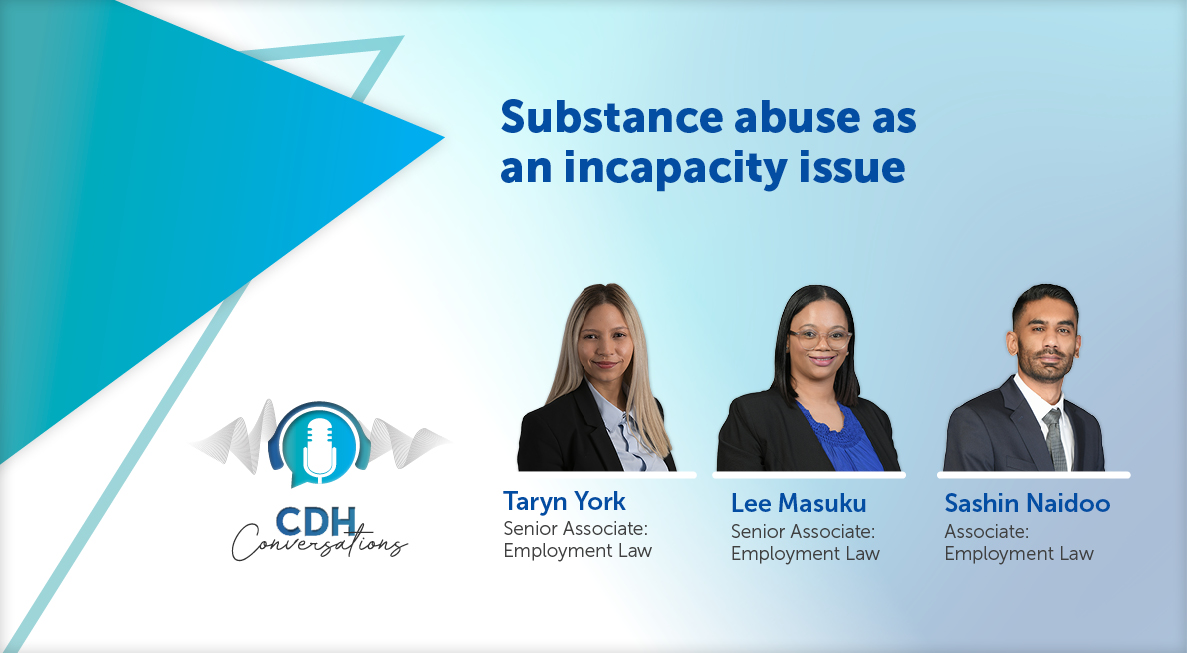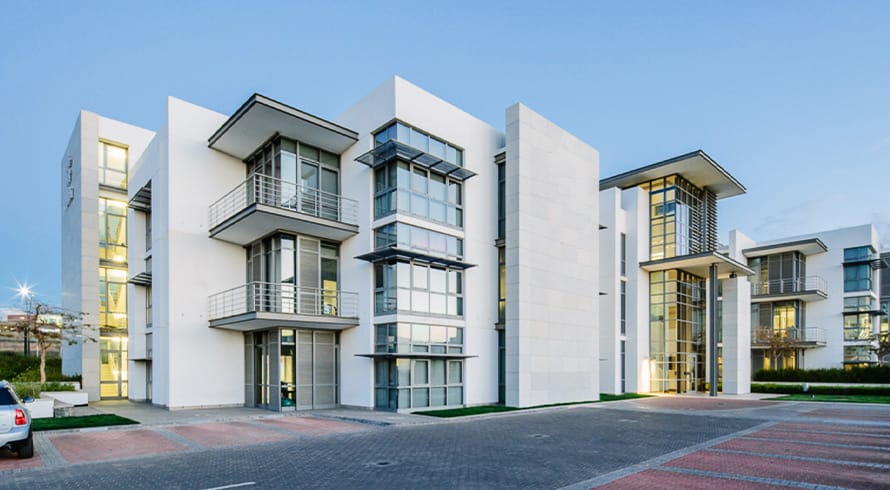“Winds of change” to the face of the legal profession
These problems were pronounced in a Discussion Paper by the Department of Justice and Constitutional Development to stimulate debate and consultation on the issues raised because they intended to introduce legislation concerning the legal profession into Parliament in the year 2000.
But can one truly say that the face of the legal profession has changed since the introduction of the new legislation?
In the case, Cape Bar v Minister of Justice and Correctional Services and Others (9435/19) [2020] ZAWCHC 51 (10 June 2020), the Cape Bar challenged the constitutionality of the regulations and rules published under the new Legal Practice Act 28 of 2014 (Act) which ushers a new dispensation of transforming, unifying, governing and regulating the legal profession in South Africa.
The Cape Bar brought the challenge of unfair discrimination in the Equality Court under the Promotion of Equality and Prevention of Unfair Discrimination Act 4 of 2000 (Equality Act), simultaneously a review under the Promotion of Administrative Justice Act 3 of 2000 (PAJA), alternatively under the doctrine of legality. If the former did not apply, it sought to have the provisions declared unlawful and invalid, to the extent that they imposed inflexible quotas for the composition of the Western Cape Provincial Council (Provincial Council) on the basis of gender and race.
The Cape Bar challenged regulations which require 50% of the Provincial Council to be male and 50% to be female. The provisions create six seats for attorneys and four seats for advocates in each provincial council. The seats for advocates must be composed of one white male, one white female, one black male and one black female.
The Cape Bar submitted that the provisions of the regulations were rigid and although they were ostensibly aimed at affirming black and female representation in order to rectify past and present discrimination, it capped such representation which is harmful to that objective. The Cape Bar argued that the cap effectively protected positions for white and male advocates. It contended that in this case a white man had received a majority of the votes, but that had he received the least votes of the other candidates who were not white males, but the most in his category, he would have displaced the female and black candidate who obtained more votes. It further contended that the electoral scheme is unfairly discriminatory and fails the test devised by the Constitutional Court in Van Heerden.
The Cape Bar contended that the Minister of Justice’s decision to promulgate the regulations, the National Forum’s decision to promulgate the impugned rules and the Legal Practice Council’s (LPC) application of the rules all constituted administrative action under PAJA. The Cape Bar argued that the electoral scheme is irrational, unreasonable and arbitrary because it did not ensure representation of black people and women, but instead acts as a job reservation for white people and men. Lastly, it was argued that the regulations were ultra vires because the Minister of Justice had no power to determine an electoral procedure for the provincial councils, and that such power fell within the purview of the Provincial Council itself in terms of section 23(4) and 95(1)(j) of the Act.
The Minister submitted that black women in the scheme are not victims of discrimination, the regulations do not single them out in favour of white men, but rather, they apply across the board to all races and genders. There is no preservation of seats for white men. White men only have one set despite being an overwhelming majority of the legal profession. Mindful of the fact that black people are in the minority and women in particular, in the legal profession, the regulations seek to benefit them. In the absence of mandatory obligations for their representation, they would have been left out. The Minister contended that the measure meets the Van Heerden test.
The Cape Bar asserted that it had established a prima facie case of discrimination on the grounds of gender and race as the regulations deny access to opportunities on the basis of race or gender because they depart from the standard democratic position of a person with the most votes being the one to serve on the Provincial Council. Furthermore, the rules and regulations and their application constitute discrimination because they withhold a benefit or opportunity on the grounds of race and gender.
The court held that occupying a seat as the Provincial Council did not constitute a “benefit”, it could however be viewed as an “opportunity” to serve the profession, as serving on the Provincial Council does not give rise to a contract of employment, or access to work, briefs or instructions nor do members of the Provincial Council earn a salary.
The court applied the Van Heerden test which was devised specifically and finds application when a measure is challenged for violation of an equality provision. The test to determine whether a measure falls within section 9(2) of the Constitution is threefold: (a) whether the measure targets persons or categories of persons who have been disadvantaged by unfair discrimination; (b) whether the measure is designed to protect or advance such persons; and (c) whether the measure promotes the achievement of equality.
According to Moseneke J, the legal efficacy of the scheme should be adjudged by whether an overwhelming majority of the members of the favoured class are persons designated as disadvantaged by unfair exclusion. The existence of a tiny majority of those who were not unfairly discriminated against in the past, but who benefitted from the differential scheme, did not affect the validity of the scheme. Secondly, the remedial measures adopted must be reasonably capable of attaining the desired outcome. Thirdly, to determine whether the measure will promote the achievement of equality requires an appreciation of the effect of the measure in a broader society.
The court applied the first requirement and found that three seats of the Provincial Council are reserved for members of groups disadvantaged by unfair discrimination, in the form of a black woman, a black man and a white woman. While the scheme favoured persons designated as previously disadvantaged by unfair exclusion, white men also benefit by gaining a seat but that should not invalidate the scheme concerned. However, they do not benefit unduly because of they are a larger group in the profession.
While applying the second requirement, the court found that the scheme was designed to ensure that black people and women have a seat in the Provincial Council. The regulations and rules clearly advanced the benefits of those who have been disadvantaged by unfair discrimination.
The court held that the scheme is not intended to prefer white men at all, but that it is rather designed to make equal contributors and partners in the governance of the legal profession. The court held that this was a legitimate objective, in terms of section 14(2) of the Equality Act read with section 9(3) of the Constitution. It was further held that the electoral scheme in no way unjustifiably or disadvantageously targets black people and women and neither does it seek to impair them.
The court held that notwithstanding that the Minister and the LPC exercised public power reviewable in terms of section 2 of the Constitution, PAJA was not applicable.
The Cape Bar contended that the Minister acted ultra vires his powers as his powers were limited to “establishing the Provincial Council” but not “election of the procedure”.
In considering this issue, the Court held that the Minister was empowered to make regulations in terms of section 94 of the Act. It was further held that section 95 empowers the LPC to make rules while section 97 empowered the National Forum to make recommendations to the Minister as regards among others, “the composition, powers and functions of the Provincial Councils”. The Minister was obliged to act on the recommendations. The Court found that the Minister acted within the confines of the Constitution and the Act, and therefore that he executed his powers and functions intra vires.
For arbitrariness to be established there must be an absence of reasons or reasons which do not justify the action taken. The court held that the Minister and LPC provided reasons to justify the promulgation of the regulations and the rules. In making this finding the court concluded that there was no unequal treatment of persons similarly placed and there was no naked preference of white men.
With regards to rationality the Court referenced Ngcobo CJ in Albutt:
“What must be stressed is that the purpose of the enquiry is to determine not whether there are other means that could have been used, but whether the means selected are rationally related to the objective sought to be achieved.”
The court held that the regulations and rules were intended to ensure that there was equitable representation of all races and genders, and that this objective was achieved. A rational link has been demonstrated between the purpose and the means chosen to achieve that purpose.
It was held that it is not unreasonable that a decision maker, seeking to give expression to the aims of the Act which include the taking into account of race and gender as factors in the composition of the Provincial Council, would adopt the impugned regulations and rules to do so.
For the reasons mentioned above the court dismissed the Cape Bar’s application and according to the Biowatch principle each party was ordered to pay its own costs.
The court made an important concluding remark reminding parties that the election of black women to the governing structures of the profession is not in itself sufficient to fulfil the transformation objective of the legal profession and that transformation is an imperative that must extend beyond that, to addressing matters that include briefing patterns, attraction, retention and offering support to black and women legal practitioners, among others. It remains to be seen whether this important decision will serve to inform and guide the transformational objectives not only within the legal profession but also in other sectors of our economy.
The information and material published on this website is provided for general purposes only and does not constitute legal advice. We make every effort to ensure that the content is updated regularly and to offer the most current and accurate information. Please consult one of our lawyers on any specific legal problem or matter. We accept no responsibility for any loss or damage, whether direct or consequential, which may arise from reliance on the information contained in these pages. Please refer to our full terms and conditions. Copyright © 2025 Cliffe Dekker Hofmeyr. All rights reserved. For permission to reproduce an article or publication, please contact us cliffedekkerhofmeyr@cdhlegal.com.
Subscribe
We support our clients’ strategic and operational needs by offering innovative, integrated and high quality thought leadership. To stay up to date on the latest legal developments that may potentially impact your business, subscribe to our alerts, seminar and webinar invitations.
Subscribe




